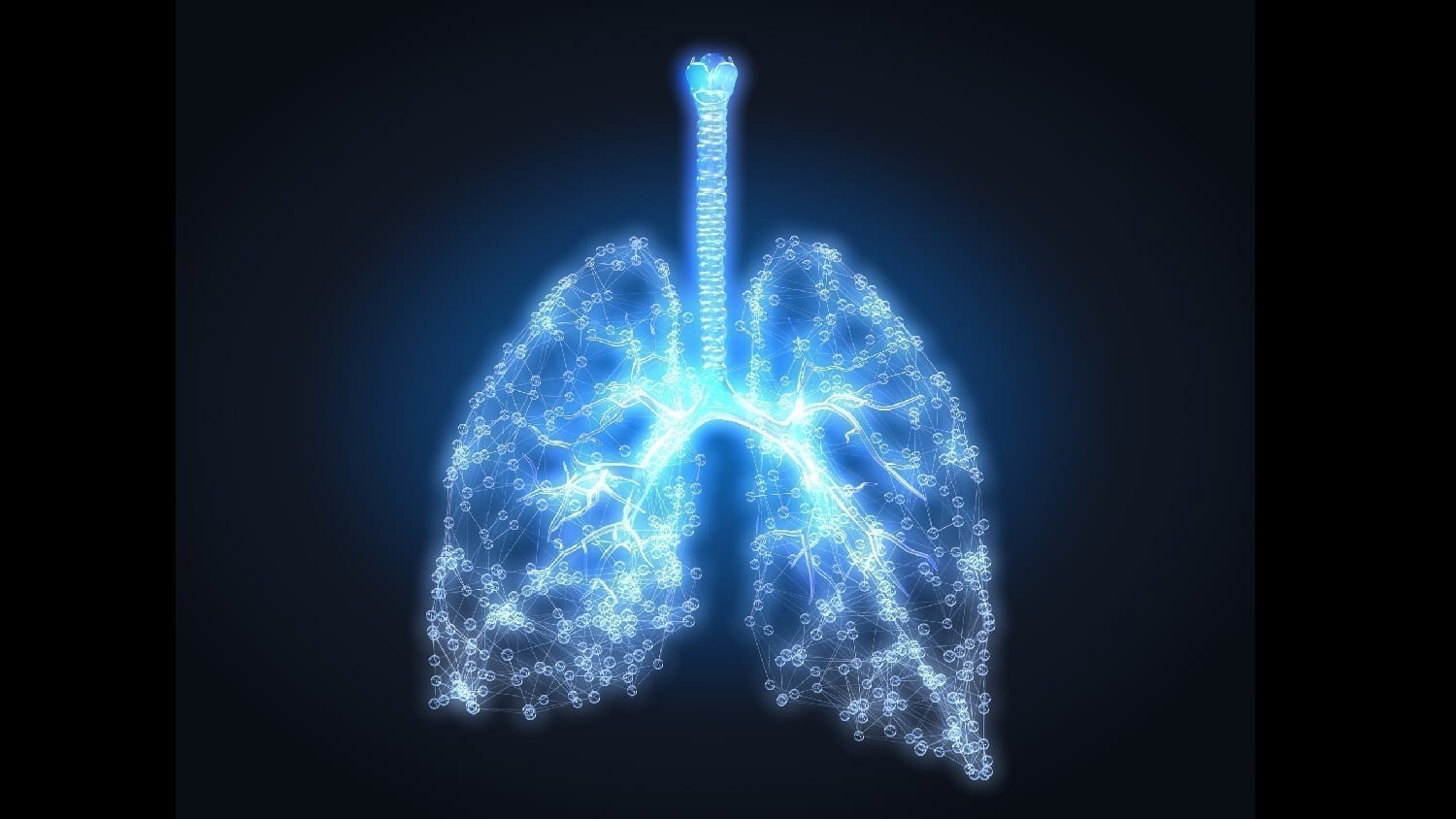Oil and water normally don’t mix. Grease or oil on dirty dishes is not easy to wash off with water alone. This is due to the chemical nature of the water and oil molecules.
Water molecules are attracted to each other much more strongly than they are to the oil. The water molecules stick together because of the polar nature of each water molecule. Each water molecule is like a small bar magnet in that each has a positive and negative pole. This dipolar nature accounts for water molecules’ affinity for each other.
Oil molecules don’t have this dipolar affinity. The water molecules stick to one another leaving the oil molecules behind, still clinging to the dirty plates.
The surface between water and oil is made up of water molecules that tug on one another. This pulling is called surface tension. If water molecules can be made to pull on each other a little less, that surface tension will also be reduced.
This tension reduction allows the water to spread out more, instead of beading up into little droplets. Water with less surface tension is referred to as being “wetter” than normal water. Wetter water can, in fact, get things wet more easily.
Soap is a special kind of molecule. It has a dual chemical nature. Soap has one end that is strongly attracted to water. Things that are strongly attracted to water are called hydrophilic. The rest of the soap molecule is an oil.
Oils are long chains of carbon atoms with hydrogen atoms attached to them. There might be anywhere from 10 to 30 carbon atoms in the long chain. Oils tend to not stick together like water molecules. They have a different chemical nature. They are nonpolar. They also tend to not be attracted to water molecules. Things that lack an affinity for water are called hydrophobic.
The hydrophilic end of the soap molecule, which is attracted to water, sticks into the water at a water drop’s surface. The rest of the long carbon chain sticks out of the water because the water doesn’t stick to the oily carbon chains.
Since oil molecules don’t pull on other oil molecules as strongly as water molecules do, the surface of the water now has a film of oil molecules on it instead of a surface comprised of water-to-water molecule interactions. The surface tension is now much lower than it was. The water is wetter and doesn’t bead up. It can reach into all the crevices of human skin, or in between the fibers of clothes, or into all the tiny cracks on a dish’s surface. This is how soap aids cleaning.
As soap forms the surface between the water and any oil or grease, it intermingles with each substance. The soap’s long chains stick into the oil, and the soap’s water-loving end sticks into the water.
Scrubbing flattens any droplets of oil or water trapped between the surfaces. This lets more soap molecules form secondary surfaces between the oil and the water. When the water or the oil tries to form round droplets, the bigger droplet surface wrinkles and forms many tiny droplets instead of big ones. Soap and scrubbing, in effect, fractures the surfaces between the oil and the water.
The oil droplets don’t get back together again to form big droplets because there is a soap film between them. The droplets get smaller and smaller as they are scrubbed. The tiny droplets, surrounded by soap molecules, no longer stick to the dish’s surface. The water can now easily wash the tiny soap-coated oil droplets away.
Natural Soap of Life
The same water-soap interaction principles apply to the breathing surfaces of human lungs and the moisture found there. A surfactant is a compound that lowers the surface tension of a liquid, increasing the contact between the liquid and another substance.
Surfactant is essentially a biologically produced soap. Surfactant reduces surface tension. It allows the alveoli, the smallest lung sacks, to expand more easily. Without surfactant, the wet surfaces of the alveoli would stick together and the lungs would not be able to inflate.
About three to four weeks before birth, a baby’s lungs begin to produce surfactant. When they are born and take their first breath, a baby has to open the fluid-filled alveoli to allow air in. Without surfactant being present, this would be nearly impossible.
Our first breath is literally dependent upon the relationship between soap and water. Yet some men would say that all of this wonderful interplay between surfactant and alveoli moisture happened by random chance—that the very reason we can breathe is but a freak of nature. It seems odd that something so well designed and intricately formed could be so lightly demeaned and casually dismissed because of a shortsighted evolutionary framework.






